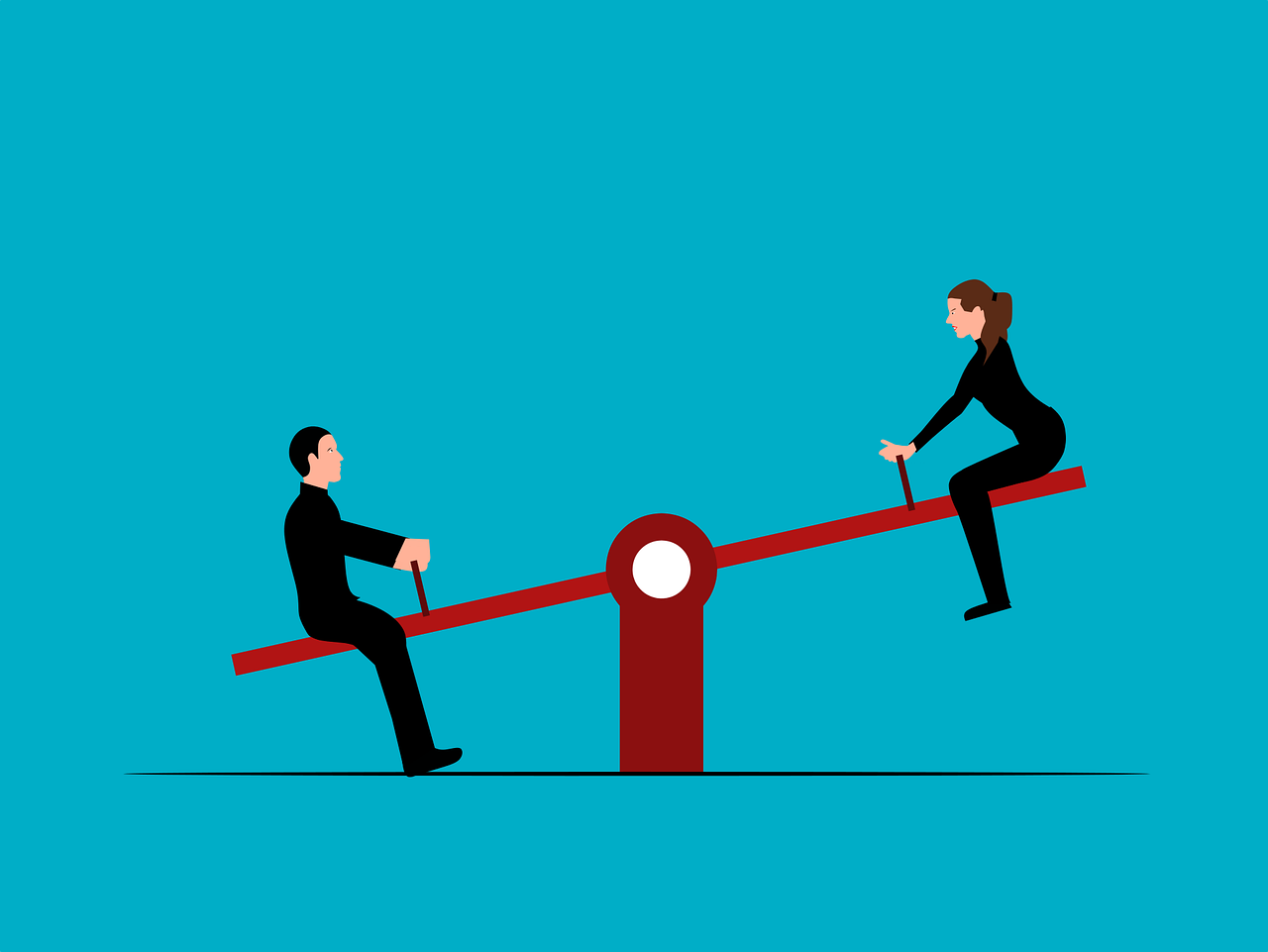The Most Misunderstood (Yet Essential) Investment: Bonds
And I promise you won't be bored......
Congrats—you got past the word "bonds" and are about to learn something that could change how you think about your money!
Bonds are making headlines right now thanks to fluctuating values and economic uncertainty, but here's what I've noticed: most people understand what it means to own Apple stock, but what about Apple bonds? You can own those too. It’s too bad there is a misunderstanding, because bonds might be exactly what your portfolio needs right now.
Think of this as your friendly bonds translator. I've formatted it as a Q&A to make it as painless as possible.
Q: What is a bond anyway?
A bond is a loan—and you are the bank.
When you buy a bond, you're essentially saying to the U.S. government, Apple, or your local school district: "Here's my money. Pay me back in 10 years, and send me interest checks twice a year until then."
Imagine you're running a small-town bank. Microsoft walks in and says, "Can I borrow $1,000 for 5 years? I'll pay you $25 every six months, and give you back your full $1,000 when the time's up." You say yes, shake hands, and now you own a Microsoft bond.
That's it. You're the lender. They're the borrower. You get paid for the privilege of letting them use your money.
Q: Why would I want bonds when stocks seem more exciting?
Because bonds are the steady friend who brings balance to your life.
If stocks are like that friend who's always dragging you to new restaurants and spontaneous weekend trips, bonds are like the friend who shows up with soup when you're sick and never forgets your birthday.
What bonds do that stocks don't:
Predictable income: Most bonds pay you every six months like clockwork. No wondering, no hoping—just reliable money showing up.
Portfolio insurance: When stocks have a meltdown, bonds often hold steady or even rise. They're like financial shock absorbers.
Return guarantee: Hold a quality bond to maturity, and you get your money back (assuming no default—which means the borrower fails to pay you back as promised, though this rarely happens with high-quality bonds). Try getting that promise from a stock.
Here's the psychological benefit most people miss: bonds help you sleep better when markets get crazy. And when you're not panicking, you make better decisions with the rest of your money.
Q: Where do I buy bonds, and how much money do I need?
Individual bonds: You can buy them through brokers like Fidelity or Schwab, or go directly to TreasuryDirect.gov for government bonds. But there's a catch. Just like with stocks, you want a diversified portfolio—and that takes serious money, typically $50,000 to $100,000 or more. Think of it like a fruit salad: you don't want just melon and grapes.
Bond funds and ETFs are the easier path. They're like a pre-made fruit salad—instant diversification, professional management, and reasonable minimum investments. (Personally, I want strawberries, boysenberries, and bananas in addition to those grapes and melon.)
For many investors, the fund route makes more sense.
Q: Individual bonds vs. bond funds—what's the difference?
Individual bonds are like owning a rental property directly. You know exactly what rent you'll collect each month and when your tenant's lease ends. If you hold until "lease expiration" (maturity), you get your full investment back.
Bond funds are like owning shares in a real estate investment trust (REIT). You own a slice of many properties, managed by professionals. Your "rent" payments fluctuate based on the whole portfolio, and there's no set end date.
For most people, the fund approach wins because:
No need to research individual "tenants" (bond issuers)
Instant diversification across hundreds of bonds
Professional management handles the details
Easy to buy and sell
Q: Everyone keeps saying bonds are "sensitive to interest rates"—what does that actually mean?
Picture bonds and interest rates as two people on a seesaw. When one goes up, the other goes down.
Here's why: Let's say you own a bond paying 3% interest. Then the Federal Reserve raises rates and new bonds start paying 5%. Suddenly, your 3% bond looks like last season's smartphone—it still works, but nobody wants to pay full price for it.
Quick vocab check: You'll often hear "yield" and "interest rate" used interchangeably, but they're slightly different. Think of yield as "what you actually earn" based on what you paid. If you buy a bond at a discount, your yield is higher than the stated interest rate. If you pay a premium, your yield is lower. It's like buying a $100 item on sale for $90—your "yield" on that purchase is better than someone who paid full price.
What this looks like in real life:
Your bond fund value drops when rates rise (even though you're still getting interest payments)
Your bond fund value rises when rates fall
The longer the bond's duration, the bigger these swings
About duration: This term sounds technical, but it's simply the average time it takes to get your money back from all the interest payments and final principal payment. A bond with 5-year duration is more sensitive to rate changes than one with 2-year duration.
Current reality check: Since April, we've seen this seesaw in action. The 10-year Treasury yield (remember, that's what you actually earn) jumped from about 4.16% to 4.39%. That might sound tiny, but in bond-land, it's like an earthquake. Here's why: that seemingly small 0.23% move caused many intermediate-term bond funds to drop 2-3% in value—sometimes in just a few weeks. Fears about government deficits and potential tariff-driven inflation have investors demanding higher yields—essentially saying "if there's more risk, we want more reward."
But here's the silver lining: As old, lower-paying bonds mature, funds buy new, higher-paying ones. It's like gradually upgrading your rental properties to command higher rent.
Q: Is now really a terrible time to buy bonds?
Actually, it might be one of the better times in years. Here's why:
The yields are finally attractive again:
Short-term Treasuries: ~5%
Corporate bond funds: 5-6%
Tax-free municipal bonds: 4%+ (though the effective yield is much higher because you keep more of what you earn when some or all of the interest is tax-free)
For years, bond yields were so pathetic it was like getting excited about a 0.5% savings account. Those days are over.
Yes, prices have dropped. But think of it like a sale at your favorite store. The "merchandise" (bonds) is the same quality, but now it's marked down and offering better returns.
The headlines make it sound scary:
"Bond prices are crashing!"
"Rates could go higher!"
But remember: short-term volatility is normal. If you have a timeline of several years, these dips often turn into opportunities. The same principle applies to stocks.
Q: How do I choose the right bond fund?
Think of duration as a fund's "sensitivity meter" to interest rate changes:
Short-term funds (~2-3 years): Like a steady sedan—less exciting, more stable
Intermediate-term funds (~5-7 years): Like a good SUV—balanced performance
Long-term funds (10+ years): Like a sports car—more thrills, more spills
Keep in mind that in normal market conditions, shorter duration typically means less volatility but also lower yields.
Smart approach: Mix and match based on your timeline and stomach for volatility. Or you can buy "all-weather" bond funds that hold all different types of bonds with different durations.
Q: What about taxes?
This is where bonds get interesting:
Treasury bonds: Uncle Sam gets his cut, but your state leaves you alone
Corporate bonds: Everyone gets a piece (federal and state taxes)
Municipal bonds: Often federally tax-free, sometimes state tax-free too—especially appealing if you're in a high-tax state like California or New York. This tax advantage means a 4% municipal bond yield might be equivalent to a 5.5% or 6% taxable yield, depending on your tax bracket.
Pro tip: Keep bonds in tax-deferred accounts (like IRAs) when possible, unless you're using tax-free municipal bonds.
The Bottom Line
Bonds aren't the boring cousin of stocks—they're the reliable partner that helps your portfolio weather storms. Yes, they've had a bumpy ride lately, but that's created opportunities for investors willing to think beyond the headlines.
Remember:
Bond prices and interest rates are joined at the hip—when one zigs, the other zags
Duration matters—shorter duration typically means less volatility but also lower yields in normal conditions
Bond funds make the most sense for most investors
Current yields are the best we've seen in years
Taxes matter, so choose your account locations wisely
The next time someone tells you bonds are boring, remind them that boring can be beautiful—especially when it's paying you 5%+ while helping your portfolio stay steady.
Disclaimer: This content is for educational purposes only and should not be considered personalized investment advice. Past performance does not guarantee future results. Bond investments carry risks including interest rate risk, credit risk, and the potential for loss of principal. Before making any investment decisions, please consult with a qualified financial advisor who can assess your individual circumstances and risk tolerance."



